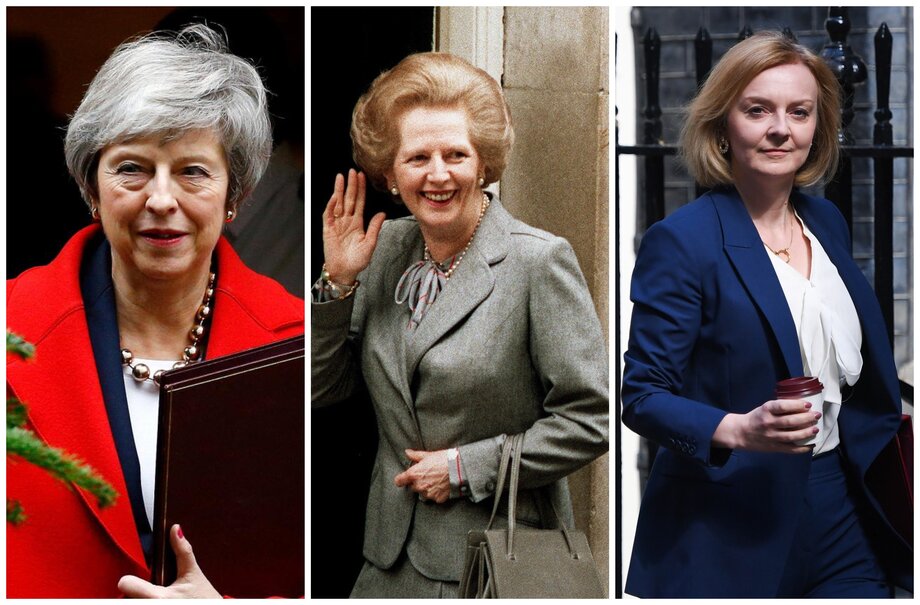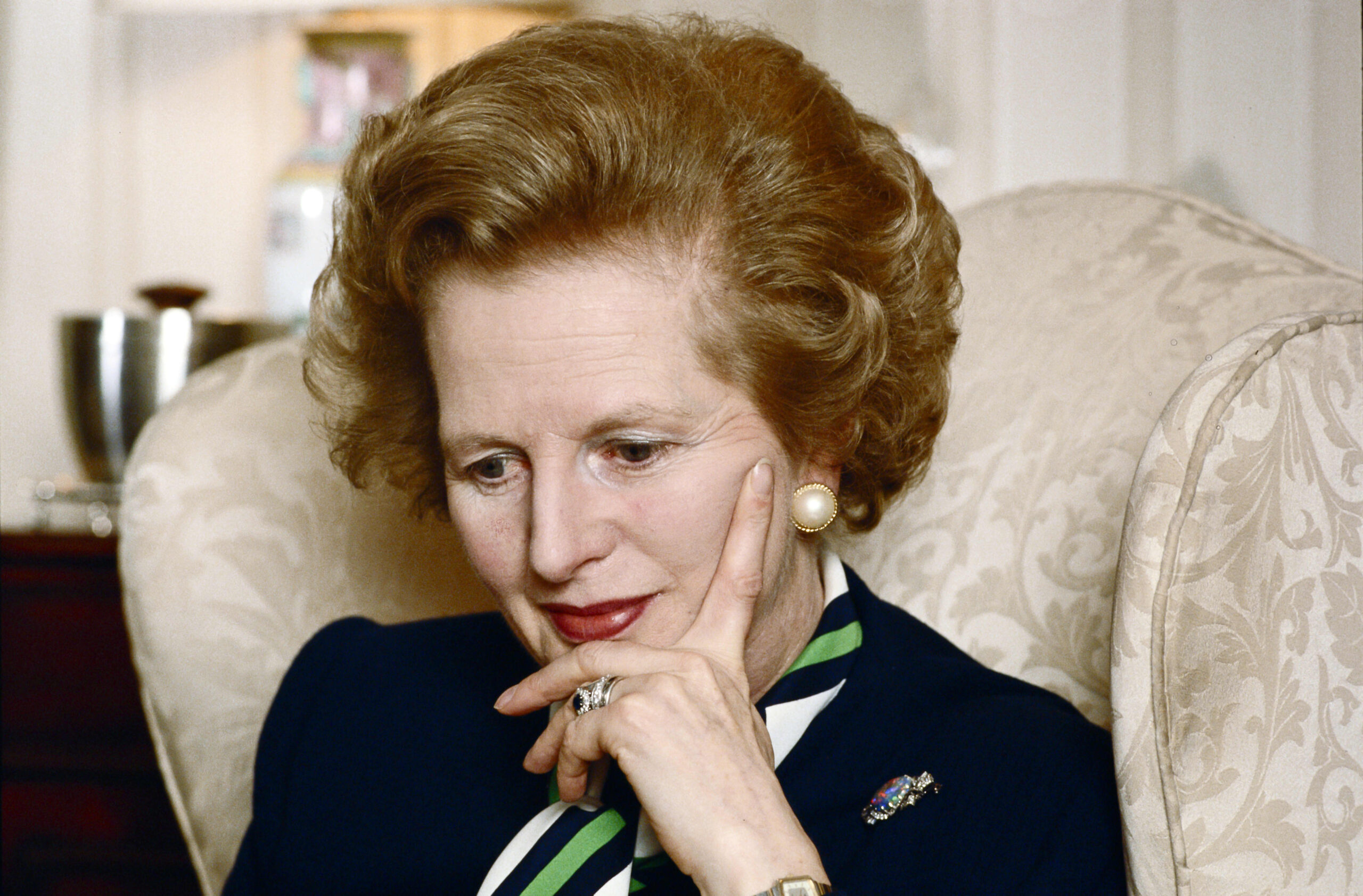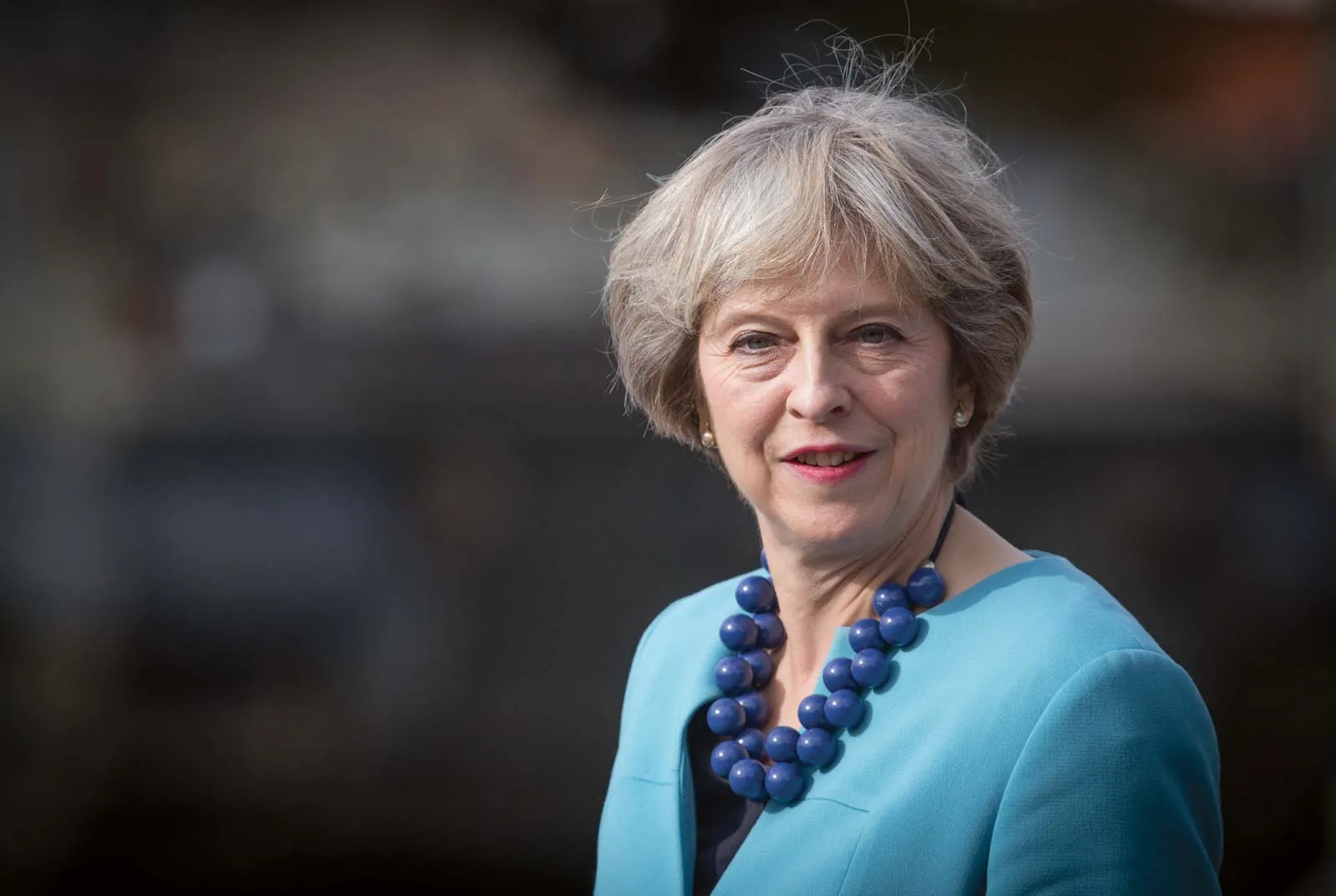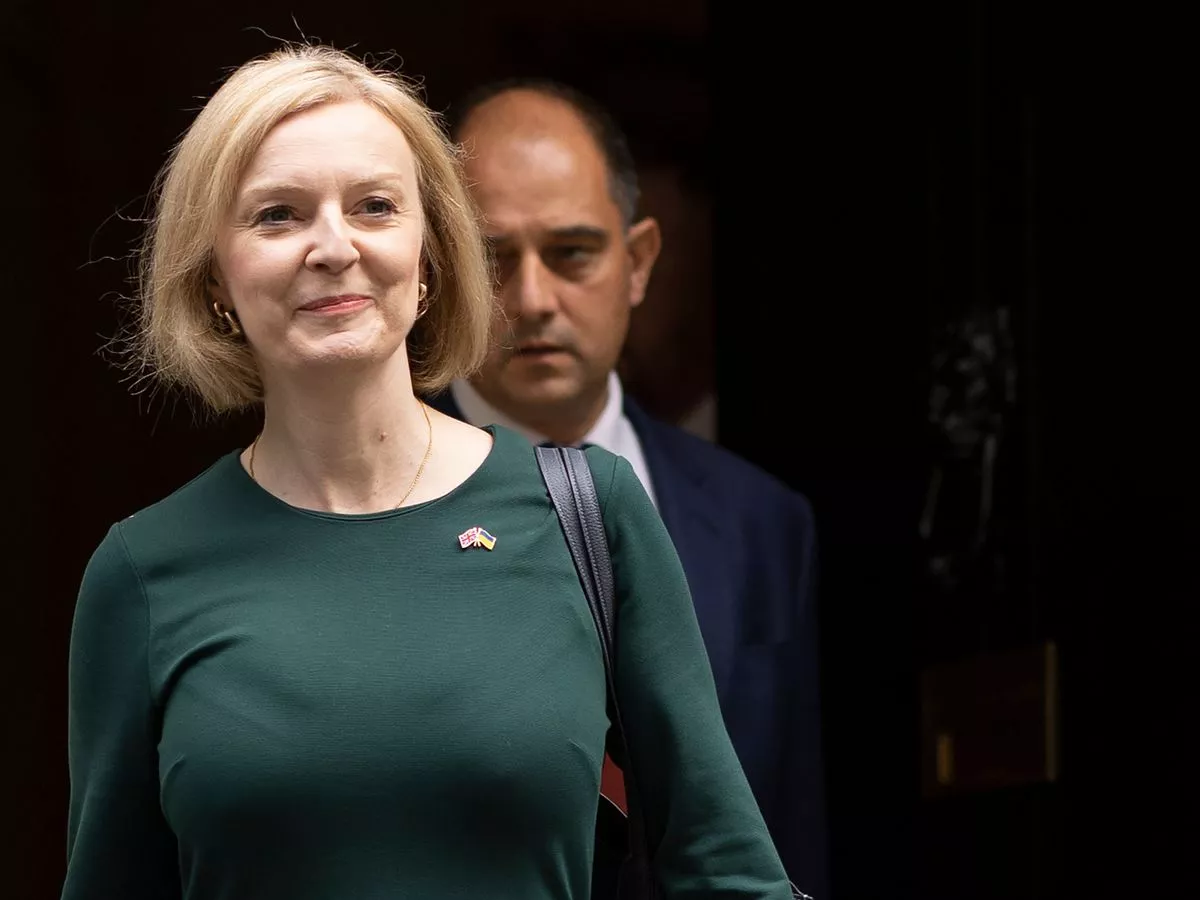Throughout the history of humankind, women have been underrepresented in political leadership and governance. This historical tendency still persists in numerous countries around the world today. As of October 2019, the global participation rate of women in national-level parliaments is 24.5%. In 2013, women accounted for 8% of all national leaders and 2% of all presidential posts. Many attribute this problem to gender discrimination, women’s unwillingness to participate in politics, and several other factors. It is however interesting to note that women’s representation is increasing compared to the last few decades and also more women are pursuing leadership positions in the present day.
With that being said we shall consider a history of female Prime Ministers in the United Kingdom. It might be shocking to note that the United Kingdom, despite being one of the oldest countries in the world has had just three female Prime Ministers: Margaret Thatcher (1979–1990), Theresa May (2016–2019), and Liz Truss (2022). All of which made significant contributions to the development of the country and the world at large. Without any further ado, we shall be considering the history of their lives how they came into power, and their contribution as Prime ministers to domestic and international Politics.
Margaret Thatcher (1979–1990)
Margaret Thatcher was the first female prime minister in the United Kingdom’s History. She served as Prime Minister from 1979 to 1990, making her the longest-serving British prime minister of the 20th century. She was also the Leader of the Conservative Party from 1975 to 1990. As prime minister, Thatcher was known for her uncompromising politics and leadership style and her conservative economic policies that became known as Thatcherism. The Soviet Union gave her the nickname Iron Lady.
Margaret Thatcher was born on 13 October 1925. She attended Huntingtower Road Primary School, Kesteven & Grantham Girls’ School, and studied chemistry at Somerville College, Oxford. She worked briefly as a research chemist before becoming a barrister. Thatcher was elected Member of Parliament for Finchley in 1959 after three unsuccessful attempts. In 1975, she won the Conservative Party leadership election to become Leader of the Opposition, making her the first woman to lead a major political party in the UK
Margaret Thatcher became the Prime Minister after winning the 1979 general election. However, she became unpopular, due to economic recession and rising unemployment. Victory in the 1982 Falklands War and the recovering economy brought a resurgence of support, resulting in her landslide re-election in 1983. She was re-elected for a third term with another landslide in 1987, but her support for the poll tax led to her resignation as prime minister and party leader in 1990.
Margaret Thatcher was married to Denis Thatcher, a successful businessman, They had two children Carol and Mark Thatcher. She retired from the House of Commons in 1992 and was given a life peerage that entitled her to sit in the House of Lords. In 2013, she died of a stroke at the Ritz Hotel, London, at the age of 87.
Theresa May (2016–2019)
Theresa Mary was the second female prime minister in the United Kingdom after Margaret Thatcher. She served as Prime Minister of the United Kingdom and Leader of the Conservative Party from 2016 to 2019. She previously served in David Cameron’s cabinet as Home Secretary from 2010 to 2016 and has been Member of Parliament (MP) for Maidenhead in Berkshire since 1997. May is the first woman to hold two of the Great Offices of State: Prime Minister and Home Secretary.
Theresa May was born on 1 October 1956 in Eastbourne, Sussex. She attended Heythrop Primary School, St. Juliana’s Convent School for Girls, and Wheatley Park Comprehensive School. She also attended the University of Oxford, where she studied geography at St Hugh’s College. After graduating in 1977, she worked at the Bank of England and the Association for Payment Clearing Services. She also served as a councilor for Durnsford in Merton.
After two unsuccessful attempts to be elected to the House of Commons, she was selected as the MP for Maidenhead at the 1997 general election. From 1999 to 2010, May held several roles in shadow cabinets. She was Chairman of the Conservative Party from 2002 to 2003. In 2010, May was appointed Home Secretary and reappointed after the 2015 general election, becoming the longest-serving Home Secretary in over 60 years.
Following David Cameron’s Resignation in 2016, Theresa May was elected and appointed Prime Minister. As Prime Minister, She began the process of withdrawing the UK from the EU, increased funding to the National Health Service, established the first Race Disparity Audit, and presided over the lowest unemployment rate since 1975. After surviving two votes of no confidence, May resigned from office in July 2019 and was succeeded by Boris Johnson. She remains in the House of Commons as a backbencher.
Read More:
- William Pitt: Youngest Prime Minister In The United Kingdom History
- Dr. Mary Walker: The Only Woman To Receive The Medal of Honor
- The Kennedy Curse: Death & Calamities Involving Members Of The American Political Dynasty
Liz Truss
Liz Truss is the third and last serving female Prime minister in the United Kingdom. She served as Prime Minister of the United Kingdom and Leader of the Conservative Party from September to October 2022. On her fiftieth day in office, she stepped down amid a government crisis, making her the shortest-serving prime minister in the history of the United Kingdom. She has been a member of Parliament (MP) for South West Norfolk since 2010 and held various Cabinet positions under previous prime ministers.
Mary Elizabeth Truss was born on 26 July 1975 in Oxford, England. She West Primary School and Roundhay School before heading to Oxford University, where she studied philosophy, politics, and economics at Merton College. In 1996, she joined the Conservative Party. She worked at Shell and Cable & Wireless and was the deputy director of the think tank Reform. After two unsuccessful attempts to be elected to the House of Commons, she was selected as the MP for South West Norfolk at the 2010 general election. As a backbencher, she called for reform in several policy areas including childcare, mathematics education, and the economy.
Following Boris Johnson’s Resignation in a government crisis, Liz Truss was elected and appointed as the Prime Minister. In order to tackle the existing crisis in the UK Economy, Truss proposed large-scale borrowing and tax cuts. This caused financial instability eventually leading to criticism and loss of confidence in her leadership. She however announced her resignation as leader of the Conservative Party and was succeeded By Rishi Sunak. She remains in the House of Commons as a backbencher.





